David Campany’s book ‘On Photographs’ describes the specifics of photography within specific photographs. He mentions how each photo “belongs wherever it is placed” and that means that images are everywhere in society; wall, page, screen, wherever it can be seen. If a photo has no audience, it does not exist.
Campany’s book raises three questions when reading:
1) What shapes our response to photography?
2) Where does the meaning we ascribe to it come from?
3) And how important to our reading of it are the photographer’s intentions?
ONE
In my mind, responses to photography tend to be shaped by how the image looks. However, subconsciously people are drawn to different images by how they make them feel. Simple images like those of the sun or of fire can create a sense of warmth or happiness within its audience or even fear and hatred. Every person will have a different connection to the image and it will depend on the emotions that each person will have at the time when they first see it.
TWO
When we think of photography, we think of it as a way of documenting everything that we never want to forget, be it a memory or aspect of history. However, it is so much more than that. Photography is a way to express yourself through the visual aid of colours, lights etc. It’s still a form of documentation but through the manipulation of the photos it becomes an art form with endless possibilities.
THREE
Essentially, the photographers intentions are very important as a way to aid their audience in how to feel about the image and to properly understand what the photographer could be attempting to communicate through their work. However, I personally like to guess what the photographer wants to illustrate without any information first. This allows me to decide my own opinions of the image without any influence and to establish my own personal connection.
Campany states in his book that “photographs confuse as much as fascinate, conceal as much as reveal, distract as much as compel. The are unpredictable communicators.” I originally had no clue as to what he was trying to say, but when I attempted to apply this theory when looking at an image it makes sense.
Take this for example:
This is the image labelled “The Press Conference” taken on June 9th 2008 by photographers Adam Broomberg and Oliver Chanarin. They were photographers that connected themselves with the British Army in Helmand Province in the Afghan War. They arrived during the deadliest month of the war and endured 4 days of fatalities until the fifth day, ‘The Day Nobody Died’. After this there were different aspects of military life that a photographer would document, but they instead unrolled 6m of photographic paper that they had taken with them and exposed it to the sun for 20 seconds. The part of their results shown was named as “The Press Conference” as part of an exhibition titled “The Day Nobody Died”.
At first glance, it doesn’t look like anything other than a load of colours, which in my opinion is quite ‘confusing’. The image itself ‘conceals’ its true meaning from its audience. However, it ‘distracts’ a person from their surroundings almost absorbing all space in their mind for thought. It truly is an unpredictable communicator, as once the audience is provided with the photographers intentions behind the photo, then all is clear. With the knowledge provided it is to my belief that the photo shows the insignificance of a simple press conference within the midst of a war, as compared to other aspects. In a normal’ western’ society, being involved in a press conference could seem like a big deal but soldiers have to deal blood, gore and the constant fear that they could die at any moment. Therefore this image reveals a lot more than you would originally think.






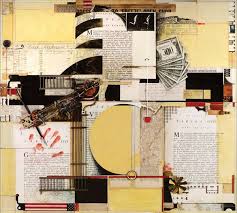
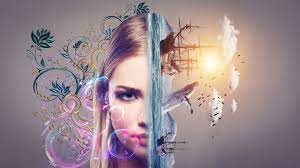
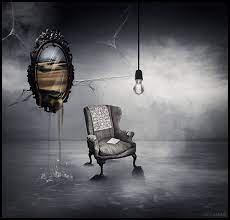
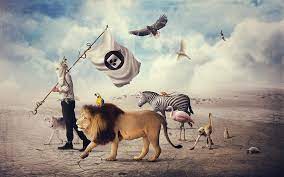





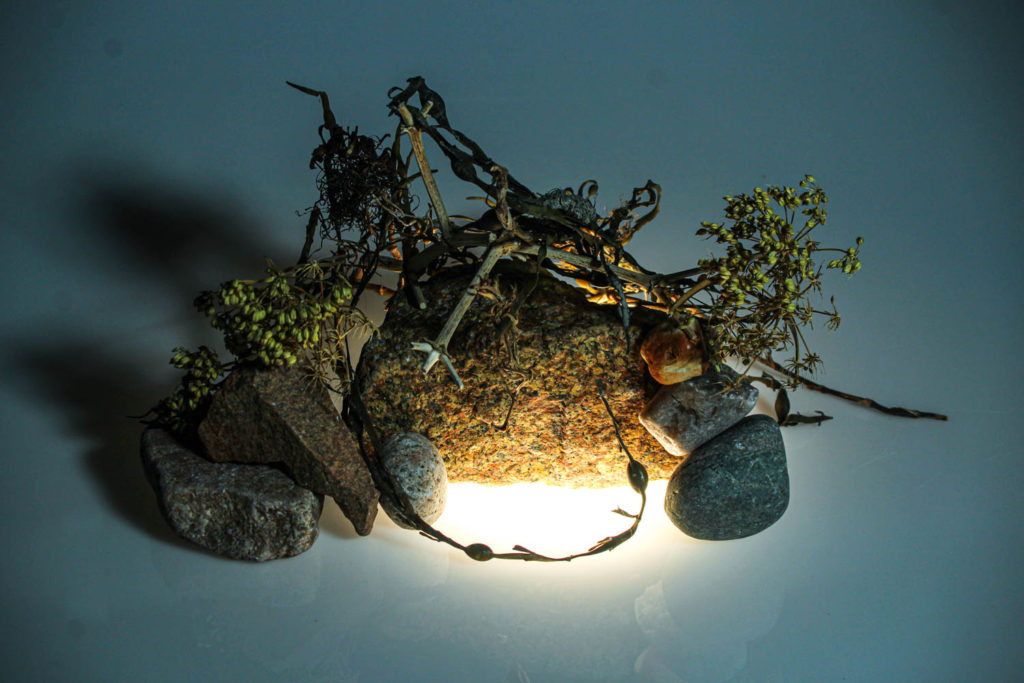
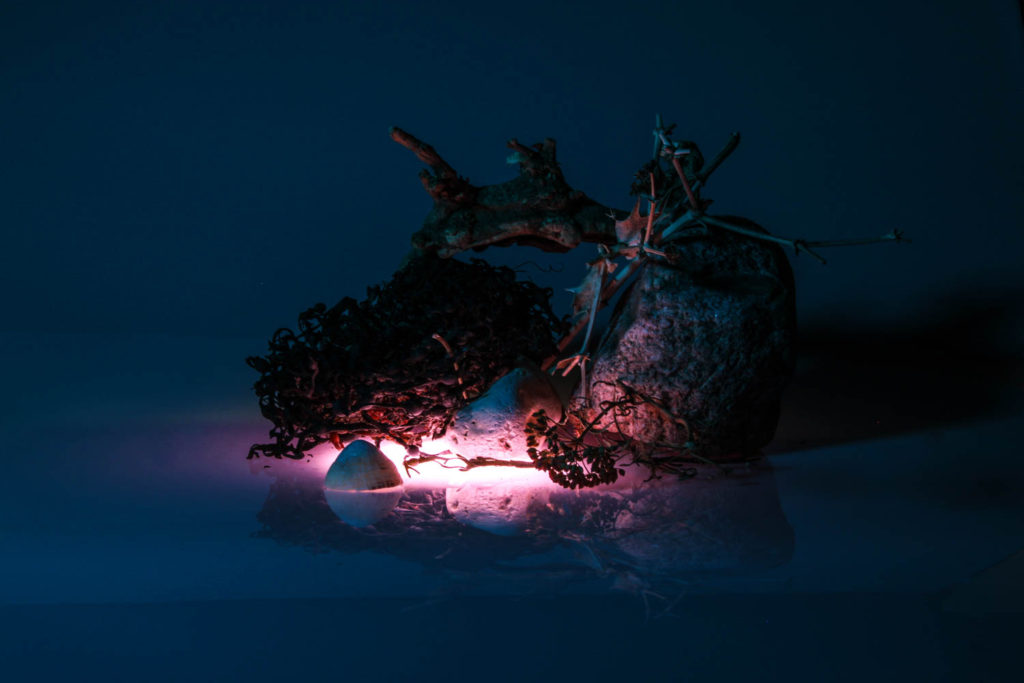
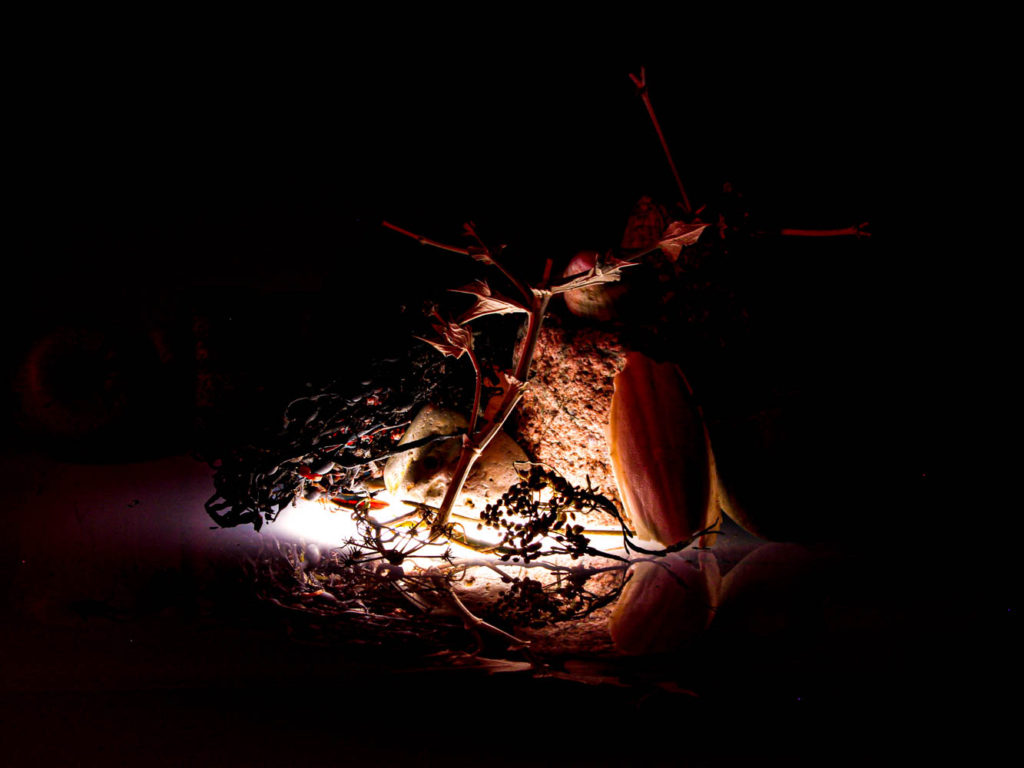


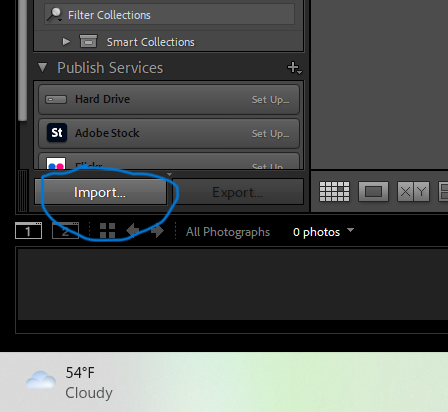

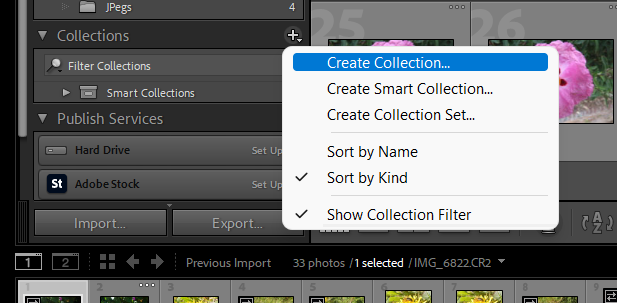
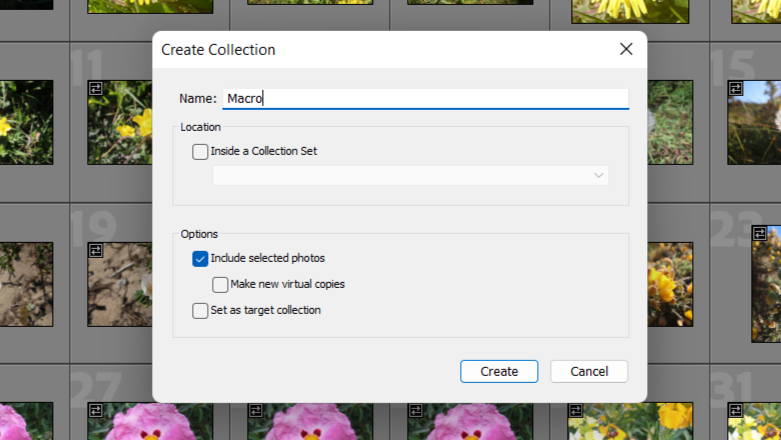
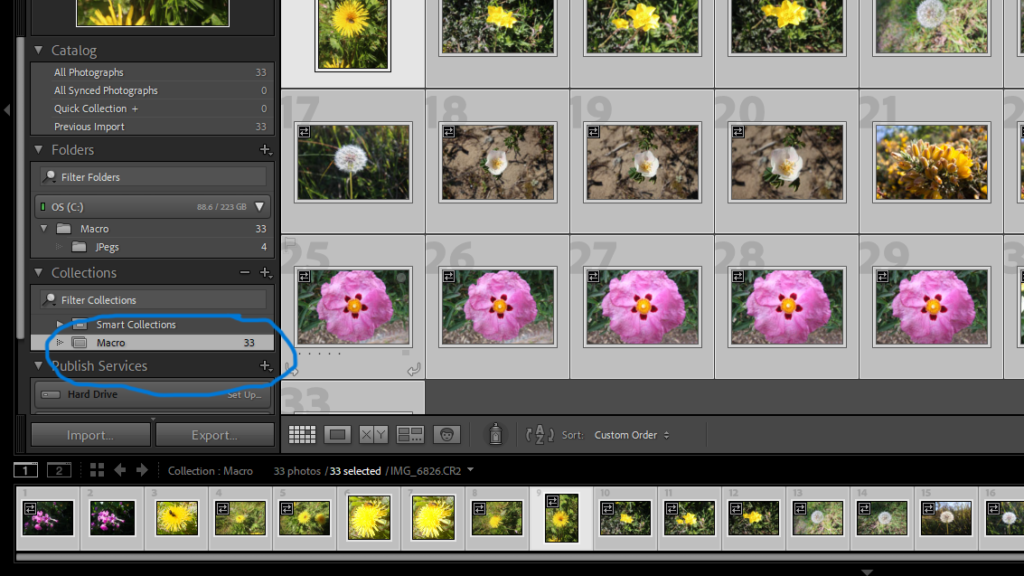


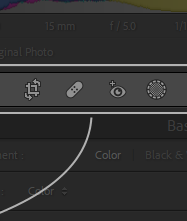
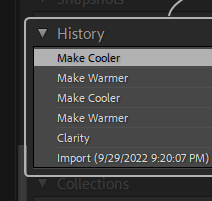




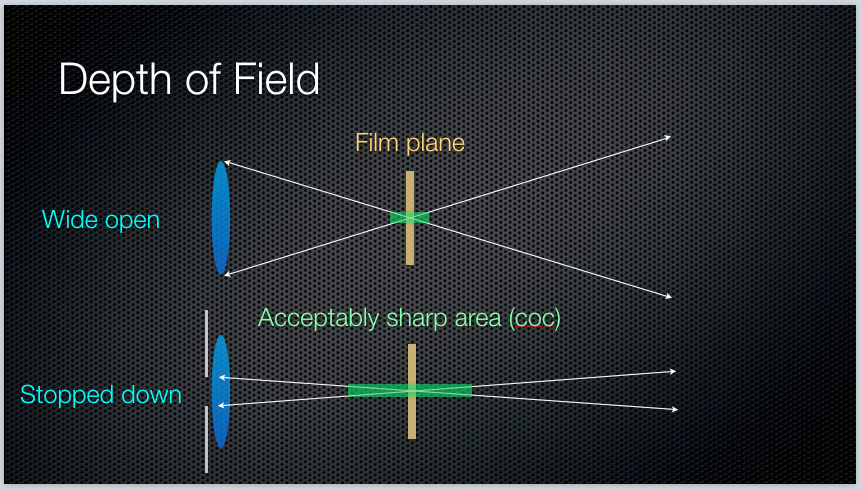


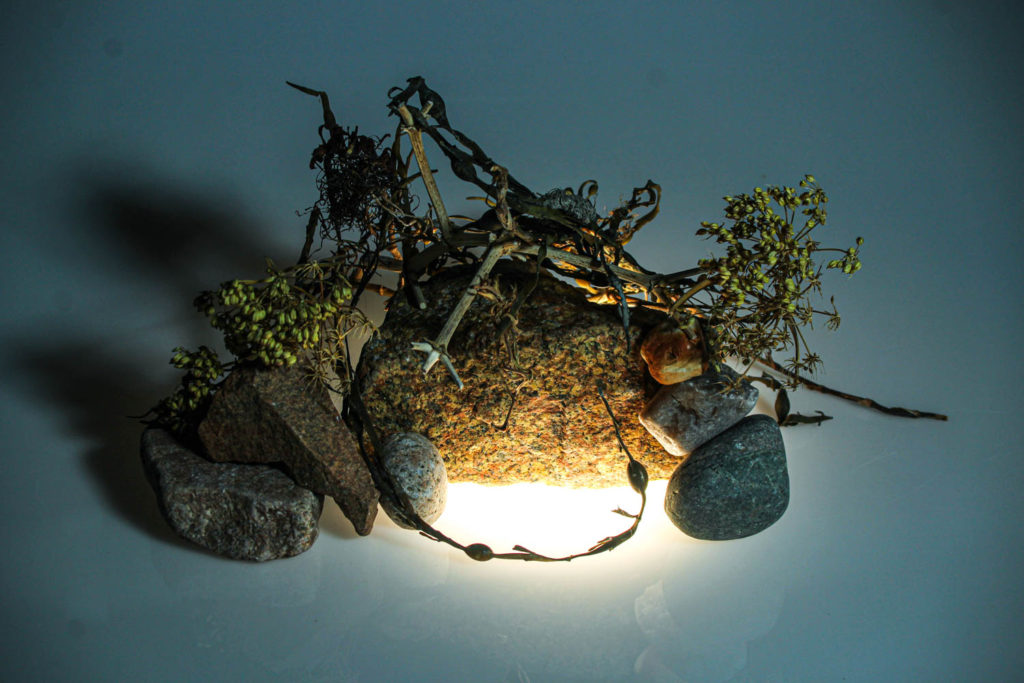
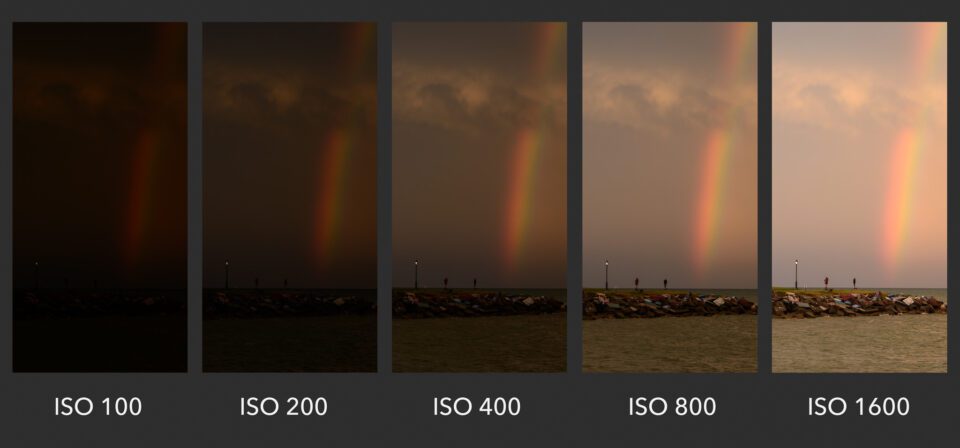

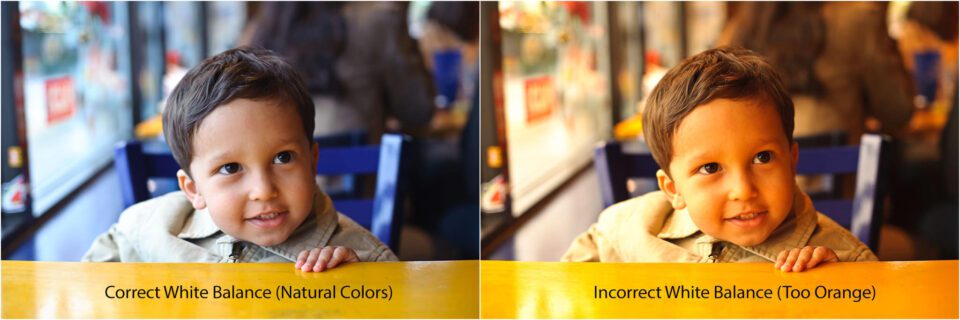
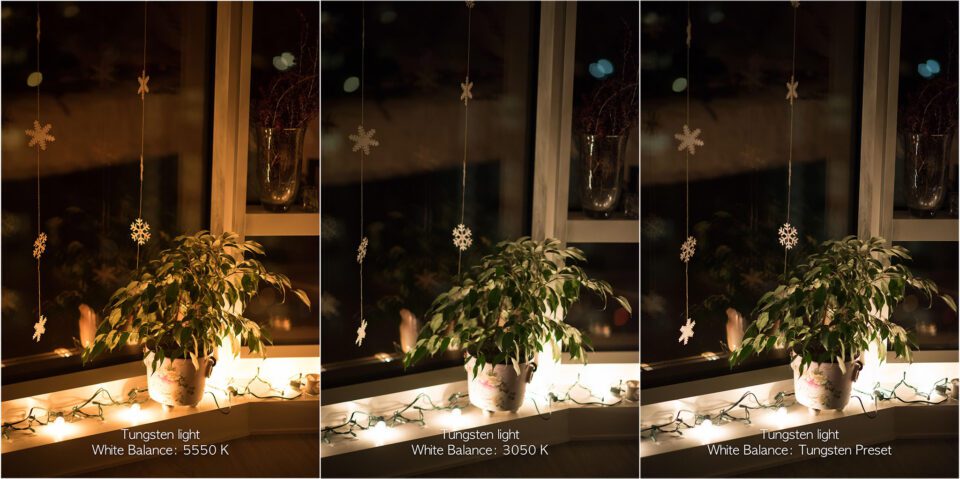
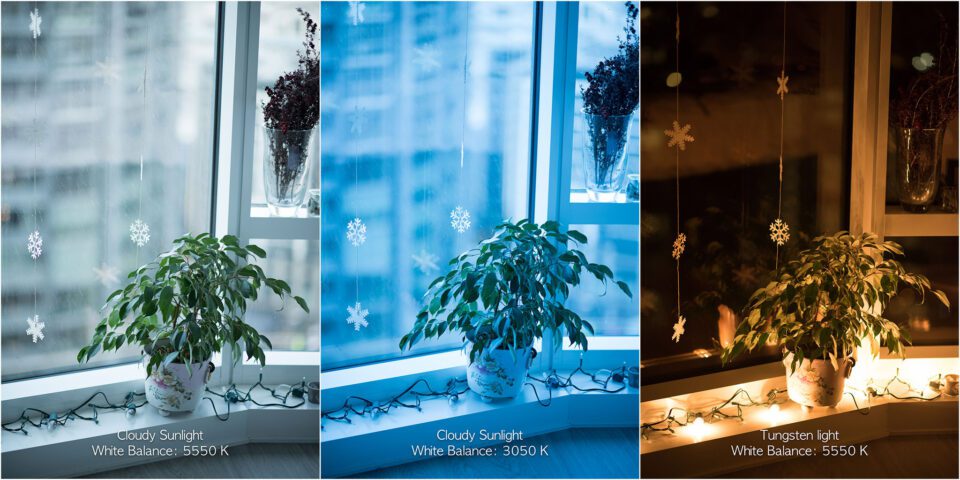
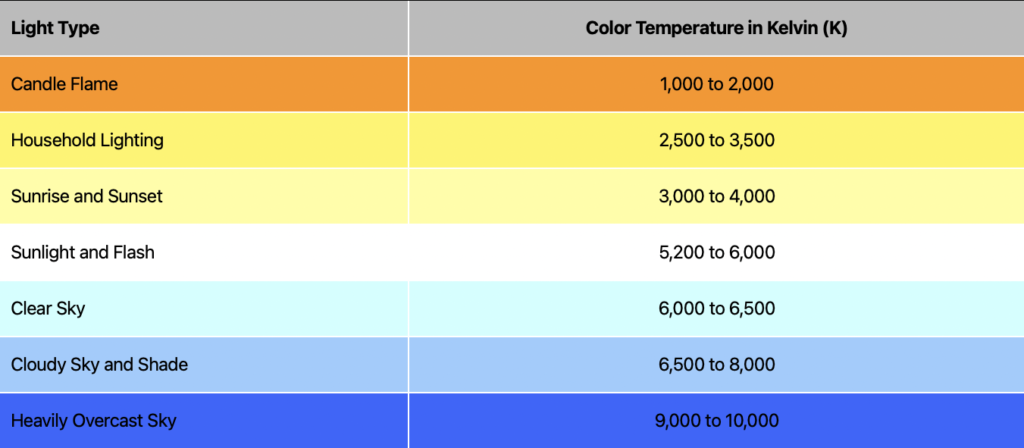
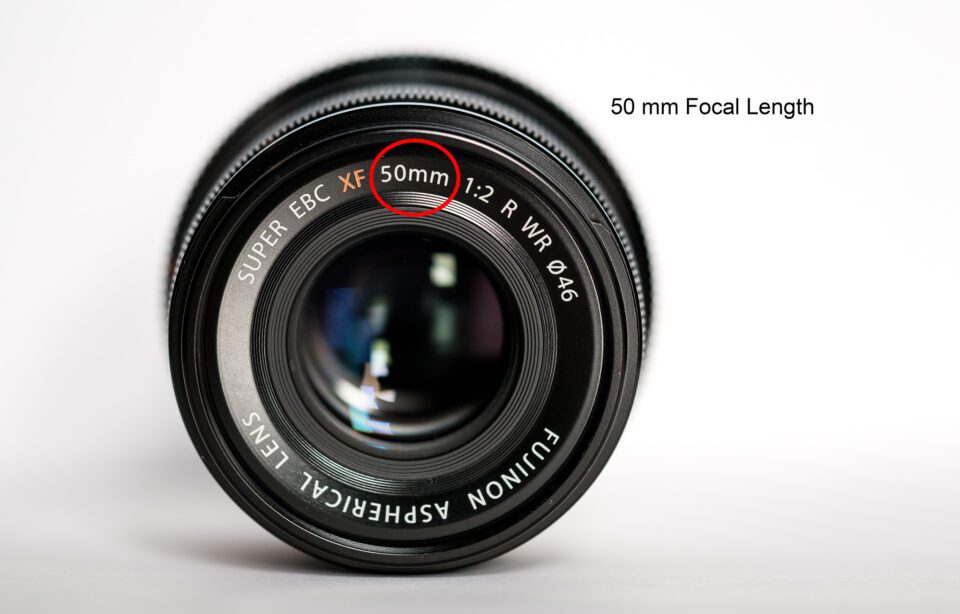

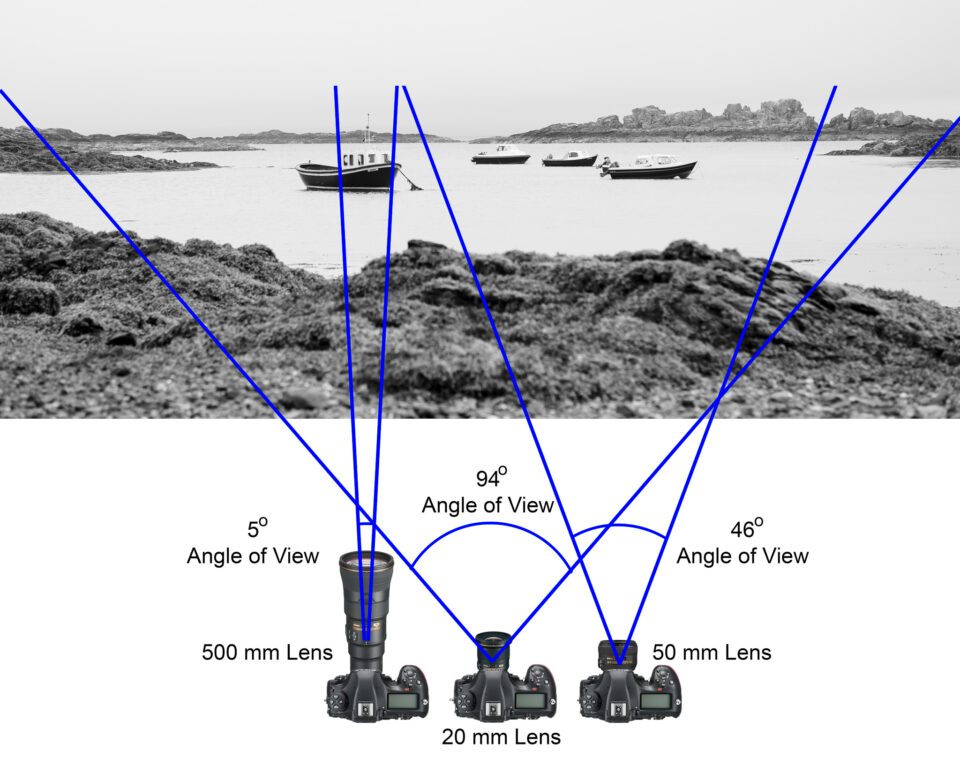
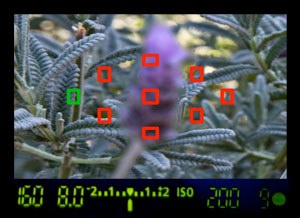
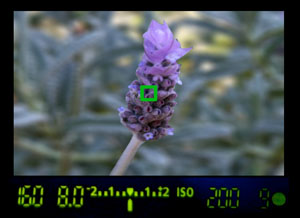


![Lesson 4] Understanding Shutter Speed](https://encrypted-tbn0.gstatic.com/images?q=tbn:ANd9GcS_A1OBhLALbJHoVSpcdaiZbVZmjtYJBe1hgpYxw5IxZte-Ofyk8A7dnGp9b9KmiHOFFG4:https://d1hjkbq40fs2x4.cloudfront.net/images/324.jpg&usqp=CAU)




